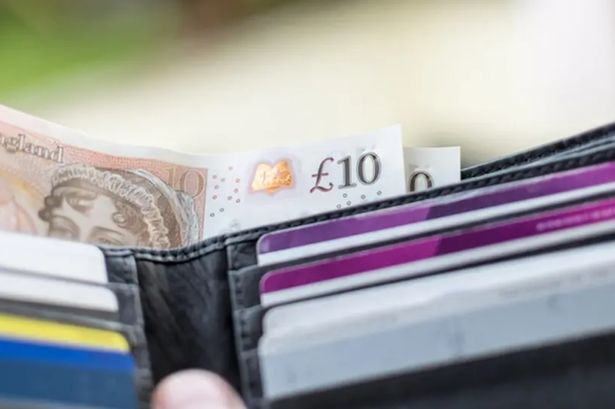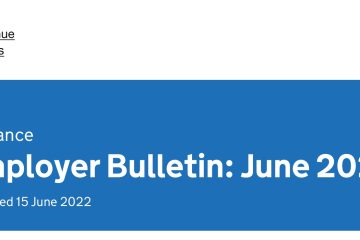Understanding DWP Cost of Living Payments

Introduction
In light of rising inflation and increased living costs, the Department for Work and Pensions (DWP) has introduced cost of living payments aimed at providing financial relief to individuals and families across the United Kingdom. These payments have become a crucial part of the government’s strategy to alleviate the financial burden on vulnerable households, especially amid economic challenges brought on by the pandemic and subsequent global events.
Details of the DWP Cost of Living Payments
The DWP announced a series of payments starting from 2022, with the aim of delivering direct support to those most in need. The most recent initiative includes a one-off payment of £650 for eligible claimants, which is targeted primarily at those receiving means-tested benefits such as Universal Credit, Employment and Support Allowance (ESA), and Income Support. This payment is expected to provide immediate assistance to alleviate the pressures of rising household costs.
Eligible recipients will receive the payments directly into their bank accounts in two instalments: the first payment of £326 was issued in July 2022, while the second payment of £324 is scheduled for later in the year. The DWP has made it clear that these payments are not taxable, meaning recipients will not see any deductions from their benefit entitlements.
Wider Economic Context
The DWP’s initiative comes as the United Kingdom faces unprecedented challenges, with inflation rates hitting their highest levels in over 40 years. Rising energy prices, fuel costs, and overall inflation have exacerbated the financial struggles of many families, highlighting the need for government intervention. According to recent figures from the Office for National Statistics (ONS), nearly a quarter of households report being unable to cover their bills without borrowing or additional financial assistance.
Conclusion
The DWP Cost of Living Payments are a vital step in addressing the immediate financial concerns of households across the UK. While opinions on the sufficiency of these payments may vary, they signal government recognition of the economic pressures faced by many. As we look ahead, continued monitoring of living costs and inflation will be essential, and further support may be required as the situation evolves. However, for many households, particularly the most vulnerable, these payments represent a much-needed lifeline in turbulent economic times.








